Particles from space provide a new look into cyclones.?
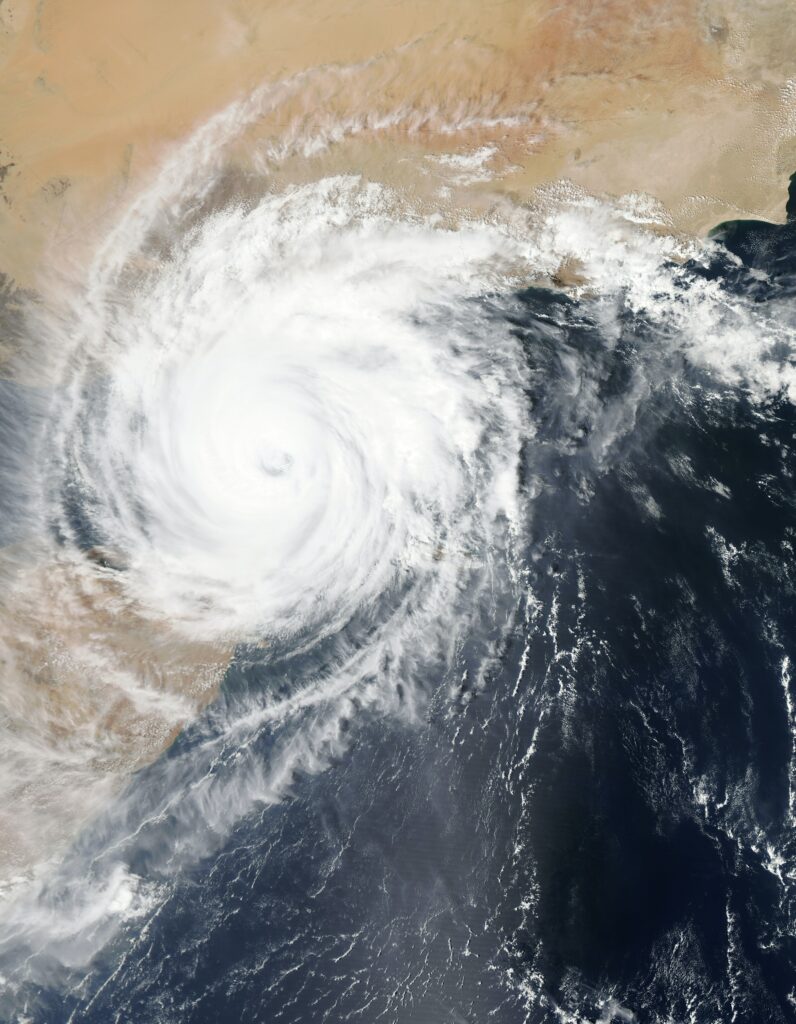
Particles raining down from space offer three-dimensional views inside swirling tropical storms. Muons (little-known particles that allow one to probe the impenetrable) created from cosmic rays colliding with Earth’s upper atmosphere have revealed the inner workings of cyclones over Japan, researchers report. The new imaging approach could lead to a better understanding of storms, the researchers say, and offer another tool to help meteorologists forecast the weather.
Muons offer a peek inside storms because variations in air pressure and density change the number of particles that make it through a storm. By counting how many muons reached a detector on the ground in Kagoshima, Japan, as the cyclones passed, scientists produced rough three-dimensional maps of the air density inside the storms. The approach gave the team an inside look at low-pressure regions in central spinning storm systems.
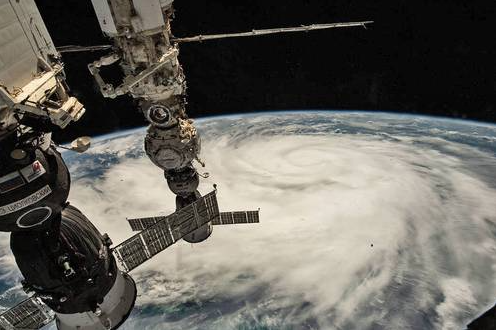
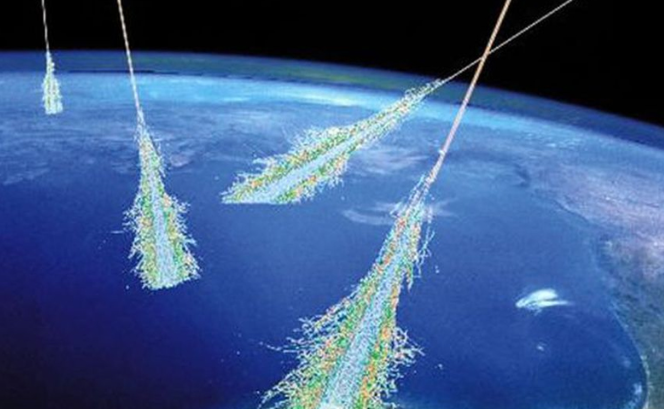
Muons, which are similar to electrons but about 200 times more massive, can scatter molecules in air, they’re also unstable, meaning they decay into electrons and other particles called neutrinos given enough time. As air pressure increases, so does its density; that, in turn, increases the chances that a muon born from a cosmic ray will miss its path to a detector or slow down enough to decay before passing through the atmosphere.
Muon imaging is not expected to replace conventional meteorological measurements, but it is another tool scientists could use. It would be complementary to existing techniques to provide three-dimensional mapping of storms with other traditional observing systems, such as satellites and radar.
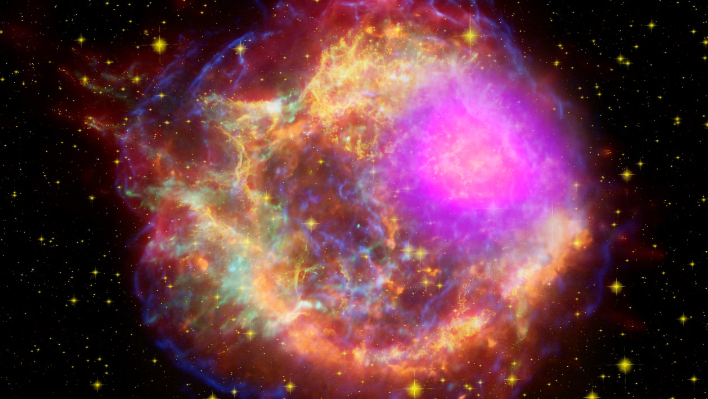
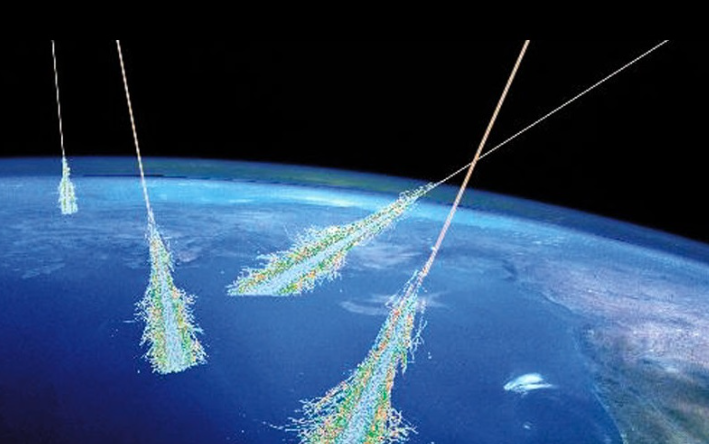
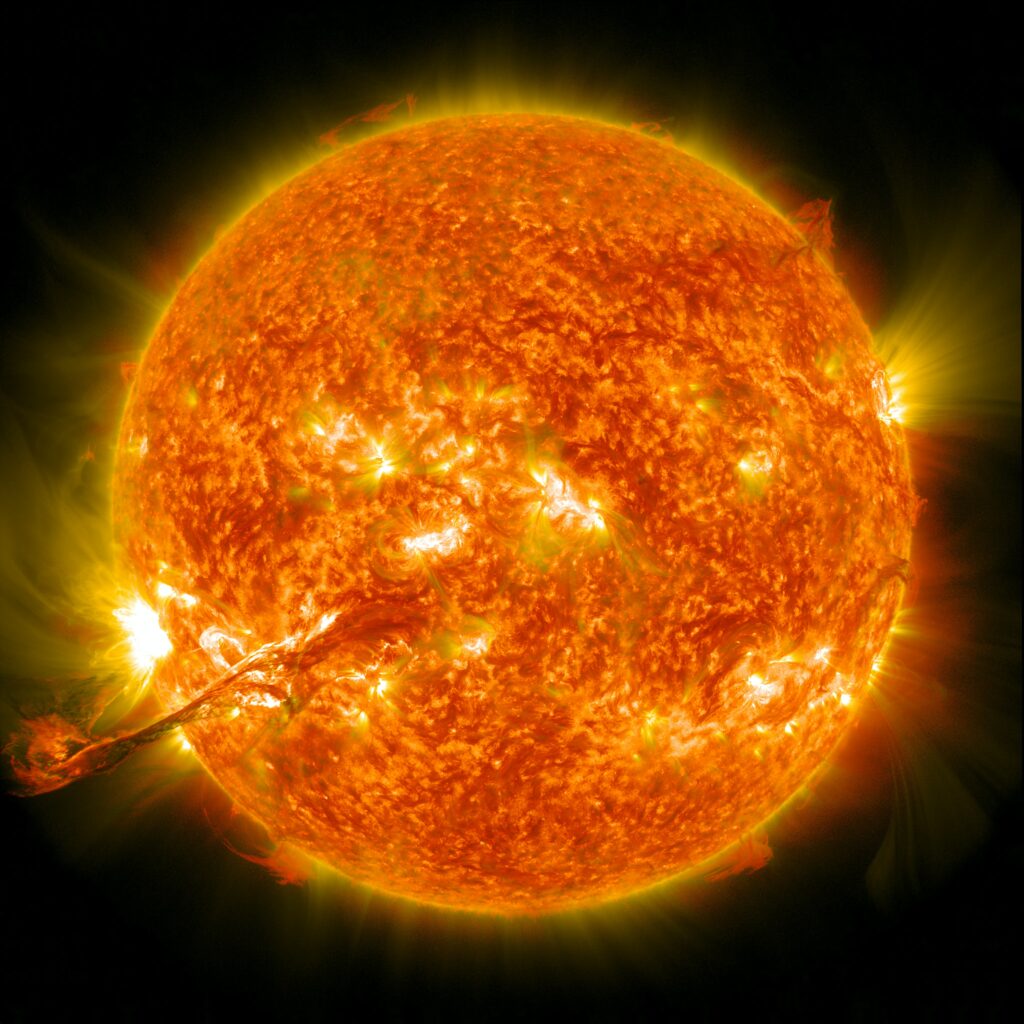
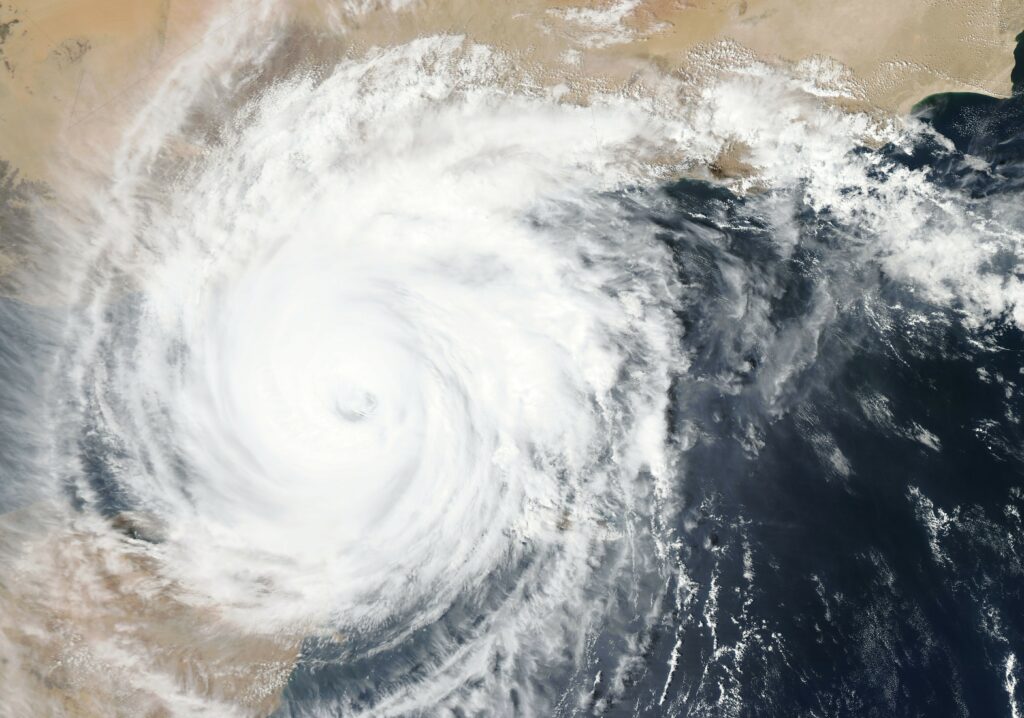
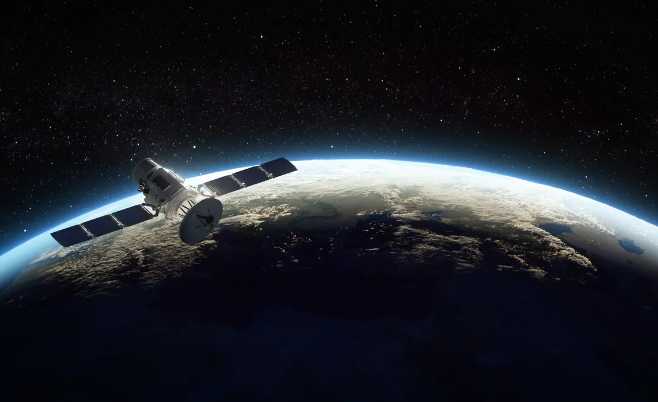
Responses